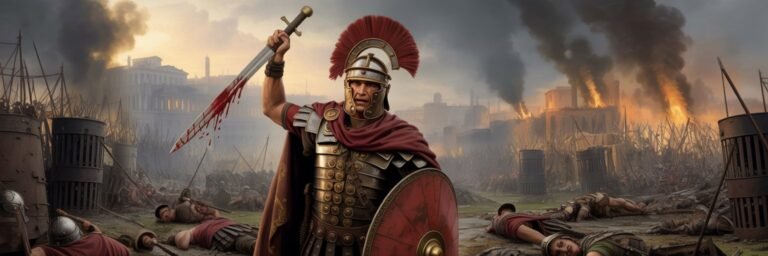INTRODUCTION
The question of “What really happened during empire building?” converges many threads of investigation into a single fascinating tapestry that reveals much about human history. This comprehensive overview delves into the complexities underlying this inquiry. Built on the back of conquest, cultural exchanges, political realignments, and economic expansion, empires represent the culmination of often forceful negotiations for power and influence. The construction of various empires across history invites a captivating examination of the multiple ways societies have influenced and reshaped each other over centuries.
HISTORICAL BACKGROUND
Empire building is as old as civilization itself, resonating through time from the forges of the ancient Akkadian empire of Sargon the Great in 2334 BC to the sprawling British Empire that held sway over vast territories until the mid-20th century.
The meticulous process of empire building typically comprises military conquest, economic manipulation, political coercion, and often a dose of cultural imperialism. It is never cordial, rather a demonstration of power that aims to bind diverse societies under a single authority and expand control. Empires like the Romans, Persian, Ottoman, Mongol, and British did not shy away from using brute force to establish control, while simultaneously fostering a paradoxical blend of devastation and development.
THEORIES AND INTERPRETATIONS
Mainstream historical interpretations of empire-building often highlight the role of strong leadership, enhanced technology, developed administrative systems, and economic prowess. However, an emerging school of thought challenges the inevitability of such empires, underscoring the contributions of countless factors, from environmental to psychological. These are not individual explanations but rather mutually influencing factors forming an intricate network that gave birth to empires.
Notions of “gun, germs, and steel”, as popularized by Jared Diamond, attribute empire dominance to geographical advantages and technological head-starts, while others like historian Peter Turchin argue that underlying social complexities, including inequalities, cohesion, and internal struggles, were pivotal in the empire-building process.
MYSTERIES AND CONTROVERSIES
Despite such depth of scholarship, significant mysteries and controversies still surround the world of empire-building. The unpredictability and inconsistency of empire formation continue to puzzle historians. Why, for example, did the British Empire, equipped with revolutionary industrial technology, emerge in a relatively small, remote island nation?
That sudden ascendency contrasts starkly with the slow rise of the Mongol Empire from the vast and remote steppes of Central Asia, achieved through a mastery of horse-riding and archery skills.
Another controversy revolves around the role of religion. Some scholars suggest that along with economic and military power, empires often used religious ideology to legitimize their conquests and rule. However, others contend religious conversion was more tactic than fervor, a means to more seamlessly amalgamate conquered peoples.
SYMBOLISM AND CULTURAL SIGNIFICANCE
Empires are multifaceted entities, embodying not only political and economic domination but often facilitating profound cultural exchanges. The Silk Road that linked the Roman and Han empires served as a vibrant vessel for the movement of goods, ideas, technology, religion, language, and disease, setting the stage for our interconnected modern world.
This powerful symbolism is often encoded in grand architectural works – the aqueducts, roadways, and monuments of Roman cities, or the palatial complexes of the Ottoman empire. The grandeur and design embody bold statements of imperial power and civilizational superiority.
MODERN INVESTIGATIONS
Modern investigations into empire-building often employ innovative interdisciplinary approaches, encompassing archaeology, genetics, climatology, and digital humanities. Advances in these fields have enabled scholars to study aspects of empires from angles that were previously unimaginable.
For instance, genomic studies have demonstrated how the Mongol Empire facilitated an extraordinarily extensive gene flow across Eurasia. Simultaneously, powerful computational models have afforded fresh insights into the role complex dynamic networks played in the rise and fall of the Roman and Maurya empires.
LEGACY AND CONCLUSION
Contemporary discussions around empire-building cannot disentangle from debates on colonialism, post-colonialism, and their lingering legacies. The residue of empires continues to influence socio-political realities. Economic disparities, boundary disputes, cultural trends, linguistic patterns, and many conflicts trace back to the footprints of vanished empires.
The process of empire-building has undeniably sculpted the course of human history, leaving a complex legacy of exploitation and enrichment in its wake. Understanding it requires treading the delicate balance between celebrating cultural interchange and confronting the harsh realities of domination and suppression. The complex and often contradictory nature of empires makes them a rainforest of historical study, waiting to be preserved, explored, and understood, echoing eerily familiar refrains in our present-day world.






